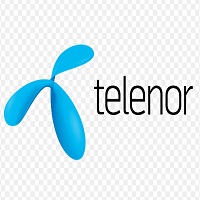
Telenor
Telenor Group has mobile operations in 13 markets in the Nordic region, Central and Eastern Europe and in Asia, as well as an economic stake of 33 per cent in VimpelCom Ltd., operating in 14 markets. Headquartered in Norway, Telenor Group is one of the world's major mobile operators with more than 200 million mobile subscriptions, revenues of NOK 107 billion in 2014, and a global workforce of about 33,000.